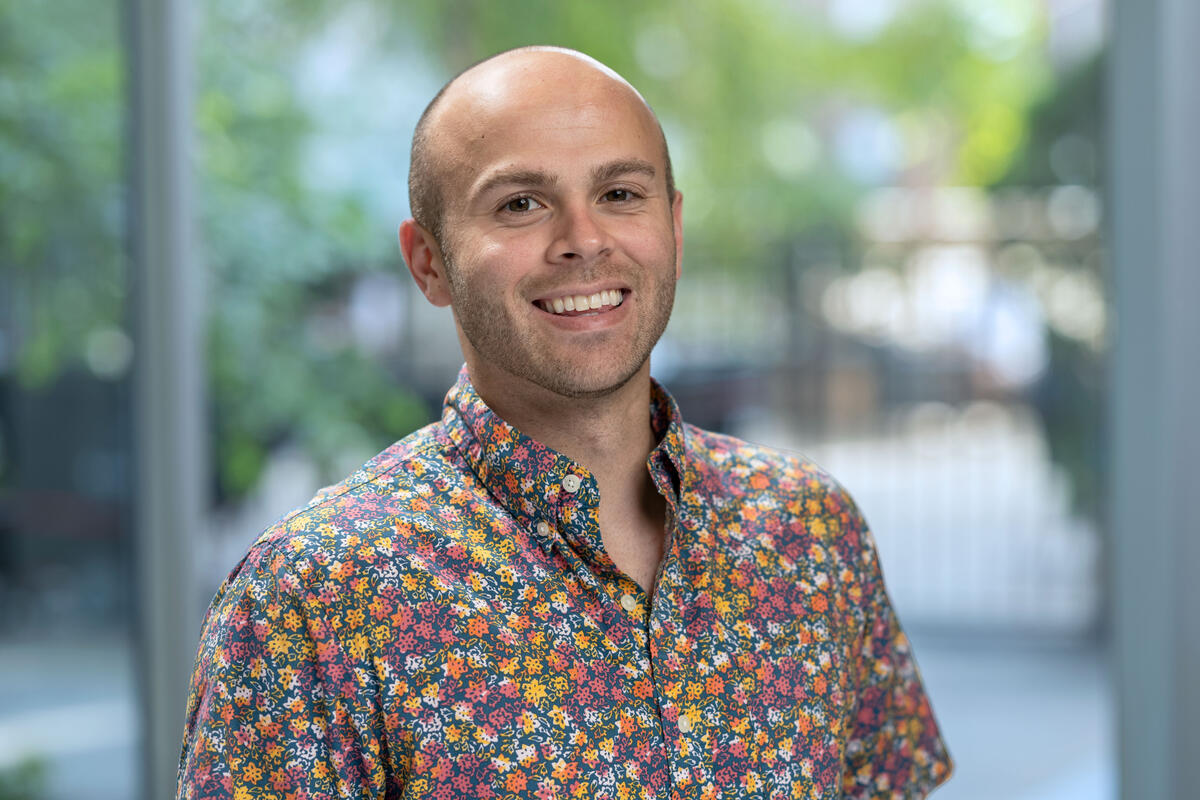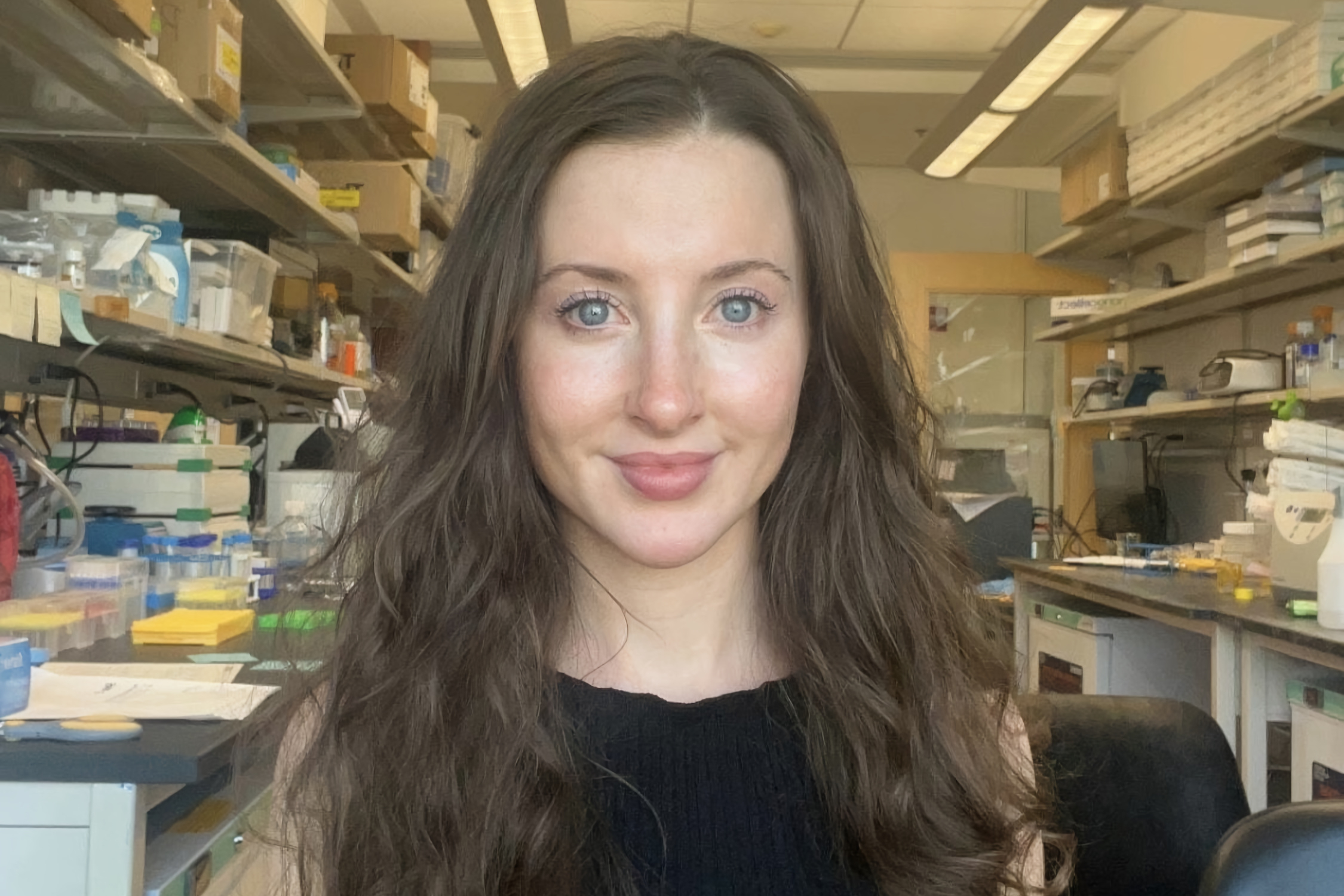
You, my friend, are what scientists call a “holobiont”— an organism made up of human cells and the multiplicity of microscopic species living inside you and on your body.
Many of these microorganisms are bacteria. Perhaps you’ve read about how the diversity of bacteria in your gut microbiome can affect your health — from the immune system to the mind.
But far more abundant in your body are viruses. Many infect us briefly, often causing no symptoms, and then linger in an inactive form for the rest of our lives.
Biologists now estimate that there are 10 times more viruses than bacteria living in and on each of us — some 380 trillion of them, Scientific American reports. And yet, how this vast collection of viruses contributes to human health and disease is largely a mystery.
The National Institutes of Health (NIH) hopes to change that with an ambitious project called the Human Virome Program. It seeks to map the many viruses that are part of the body’s ecosystem, similar to the way the Human Genome Project charted the first full blueprint of human DNA. Further, the project aims to understand how this collection of viruses — known as the virome — may influence human health in unexpected ways.
Researchers from Memorial Sloan Kettering Cancer Center (MSK) are key contributors to this important effort.

“There are more individual viruses on earth than stars in the universe. It’s inevitable that we’ll identify new ones,” says MSK computational biologist Caleb Lareau, PhD, who was recently awarded a five-year $5 million grant to work on the project. “But the big questions are about how the various viruses you have been exposed to, combined with your unique genetic fingerprint and other factors, influence your likelihood of developing different diseases — including cancer.”
MSK is one of 16 institutions that will receive more than $170 million in funding under the NIH Common Fund Human Virome Program.
“Most research on viruses has focused on the small number that cause obvious illness, but far less attention has been given to the many other viruses that coexist with us and that are not associated with known disease,” Dr. Lareau adds.
A Gold Mine of Data About Viruses
One of the big outcomes of the Human Genome Project has been the rise of genetic sequencing. Today, it’s common for people with cancer, for example, to have the DNA of their tumor sequenced with a test like MSK-IMPACT® to see if any of their cancer’s genetic mutations would make it vulnerable to particular drugs.
“Sequencing that initial human genome cost around $3 billion,” says Dr. Lareau, an investigator at MSK’s Sloan Kettering Institute. “Thanks to advances in technology over the last two decades, the cost of whole genome sequencing has fallen dramatically. And this has led to the development of vast repositories of publicly available DNA sequencing data that also happen to contain the DNA of the viruses that had infected each of those people. Only recently have computational methods been capable of properly analyzing these data to understand viruses systematically.”
Over the course of the grant, Dr. Lareau and his team will develop techniques to analyze sequencing data from hundreds of thousands of individuals to identify and quantify virus signatures found in their bodies. This information will be combined with related health, demographic, and geographic data about those individuals to create a “Digital Human Virome.”
Ultimately, the goal will be to reveal potential links between the viral infections someone has had, their individual genetic variations, and likely health outcomes.
“Every person gets infected by many of these common, or ‘endemic,’ viruses,” Dr. Lareau says. “But people respond differently to the same infection. Our approaches are designed to help uncover how the human virome is deeply intertwined with human health.”
Understanding Viruses to Prevent Disease
Erin Cumming, PhD, a postdoctoral fellow in the Lareau Lab, is excited about her work on the project. She hopes that by studying troves of information about latent viruses in healthy individuals, they will uncover opportunities to prevent people from getting sick in the first place. (Watch her three-minute presentation on her research from MSK’s 2024 Postdoc Slam.)
One of the viruses Dr. Cumming is focused on is human herpesvirus 6 (HHV-6).

“It is the only virus that we know of that can integrate into the reproductive cells and be passed on from parent to child,” she says. “That means some people are born with a copy of the virus’s DNA in every single cell in their body — where it could potentially get reactivated during their lifetime.”
Dr. Cumming is hopeful that sequencing data in global repositories can shed light on the factors that facilitate this unusual ability to pass down HHV-6 genetically.
Previous research that Dr. Lareau led also found that latent HHV-6 infections may get reactivated in some patients receiving engineered CAR T-cells for cancer, causing disorientation and other symptoms. The project may identify similar unexpected examples where medical treatments may spur the reactivation of latent viral infections.
“What we’re building will help us ask specific questions about many types of viruses,” Dr. Lareau adds.
For example, the Epstein-Barr virus — another member of the herpes virus family — is one of the most common viruses that humans are infected with worldwide. Those who get sick from it usually recover in a couple of weeks, but a small number can later develop multiple sclerosis, lymphoma, or other types of cancer. Scientists are just starting to understand why — and the findings underscore the potential benefit of developing a vaccine against the virus.
From Bedside to Bench and Back
“We talk a lot about taking research insights from the bench to the bedside,” Dr. Cumming says. “But it’s important to go full circle — learning what’s important at the bedside, taking it to the bench, and then applying what we learn back to the patients.”
The MSK research team will be uniquely positioned to uncover unexpected correlations between viruses and health data.
“We want to know who develops diseases from different types of viruses, and why,” Dr. Lareau adds. “What we think we’ll find is more than just saying virus A causes disease B. Instead, a viral infection, plus a number of other complex factors, may worsen or be protective against certain diseases. Our bet is that through the use of advanced computational and very large datasets that we can start to understand these intricate constellations of factors.”